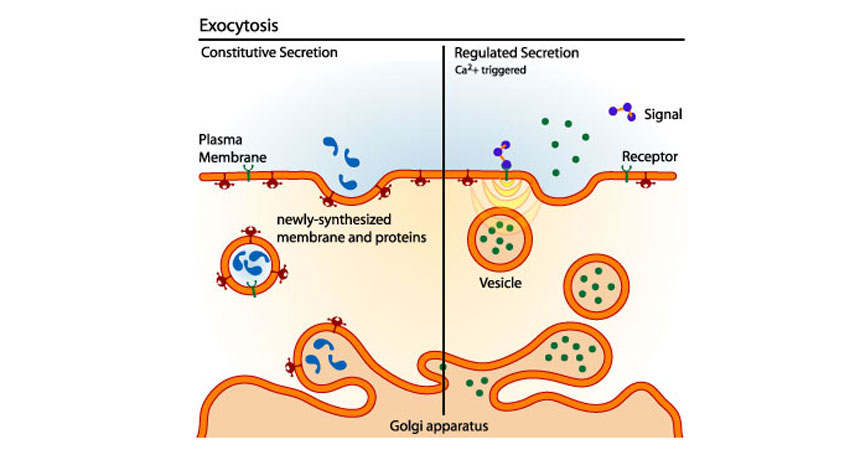Scientists Say: Exocytosis
This is a process that cells use to export something large

Exocytosis is the process by which small sacs of stuff within a cell merge with the outer wall, or membrane, so they can be removed.
Mariana Ruiz LadyofHats/Wikimedia Commons







